Round Leaved Wintergreen Pyrola rotundifolia Family Ericaceae
Descriptive Botany
Pyrola rotundifolia is an evergreen scented A rhizomatous, mycorrhizal Perennial growing to 0.3 m (1ft) by 0.3 m (1ft in). It is hardy to zone (UK) 4. It is in leaf 12-Jan It is in flower from Jun to September. The flowers are hermaphrodite (have both male and female organs) and are pollinated by Bees, flies, self. The plant is self-fertile.and therefore can survive a s discrete colonies giving the right habitat or lack of Harmful intervention
- The flower stem (scape) is pale, up to 40cm, with 1 or 2 brown scales.
- Flowers are 5-merous, approximately 1cm across, with pure white petals.
- Anthers (10) are orange and the style is 7-8mm long, and curved with a 5-lobed, capitate stigma.
- The 5 ovaries form a fleshy ring round the base of the style.The fruit is a capsule.
- Leaves are at the base of the stem (radical), round to oval, and up to 5cm long
Status
Native
Management Points
Round leaved wintergreen should occur in seasonally flooded areas. Areas and should be left uncleared because this rare plant favours shade associated with willow which is dominant in this area. .This is a particularly relevant point given the unusual PVA substrate which has a high permeability , prone to drying out ,coupled with the lack of soil means this particular ground ecology is poorly understood.The nature of this associated habitat with Yellow Birds Nest Monotropa hypopitys with its unique fungal symbiosis and ground ecology also means that the leaf litter layer should be left undisturbed and natural cycles left unalterred given the longitudinal age of both colonies. The limiting nature of this man made sub surface likely limits realistically tree species to those with shallow root systems It goes without saying such areas should have controlled and limited access (See Original Management plan)and that clearing of leaf litter should not be applied. Occasional bramble clearance although peripheral retention would contribute to site restriction
Site Appraisal
Whilst most ecologists will spout conventional practice an appraisal an understanding of this site and its sub-soil is vitally important . The siting of Willow Carr is at or just below the water level and results in seasonal water retention or flooding for this slow growing plant . The nature of the soil or lack of it on the surface of the predominant PVA Pulverised Fly Ash deposited as a historical waste legacy has a High Permeability . Removing the Tree Canopy would cause much of the soil sub-surface to loose moisture or and would not promote the high Humidity levels associated with this hollow and Tree / Shrub layers generaly needed by the plant . Additionally there is also a complex Mycorrihzzial fungal relationship with other rare plants specifically relating to Grey Willows
Monitorring
Like all good practice intervention strategies and outcomes should be dictated by good Monitorring . This should include Year on Year Quadrat Data on flower stands numbers and distribution and also annual records of accumulated leaf litter . FEET have limitted but nevertheless supportive evidential data to support the suggested management intervention
Trends
This subspecies has undergone a marked decline since 1930, despite some local increases in disused quarries. Reasons for the losses include afforestation and rubbish tipping, but the most serious declines, such as its near extinction in East Anglia, result from changes in fen management.
References & Citations
National Distribution Please Allow Time to Load
.
VC 63 Distribution Please Allow Time to Load
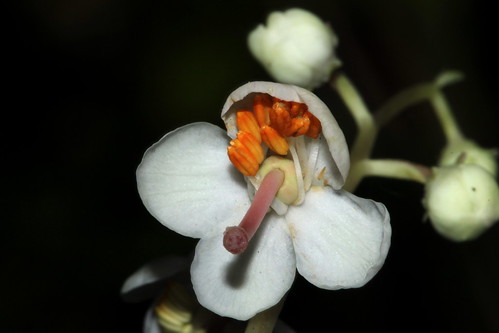
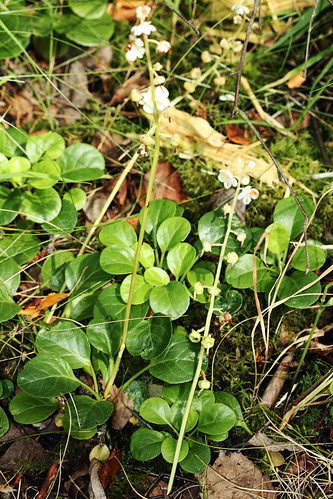
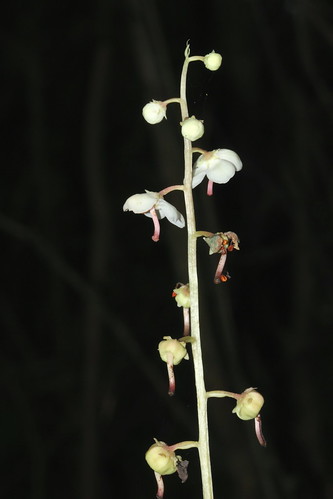
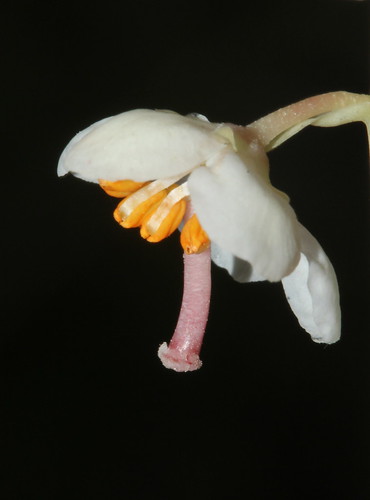
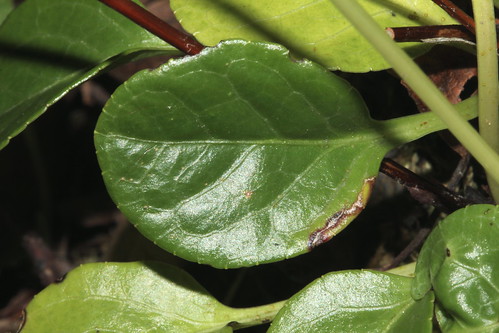
No comments:
Post a Comment